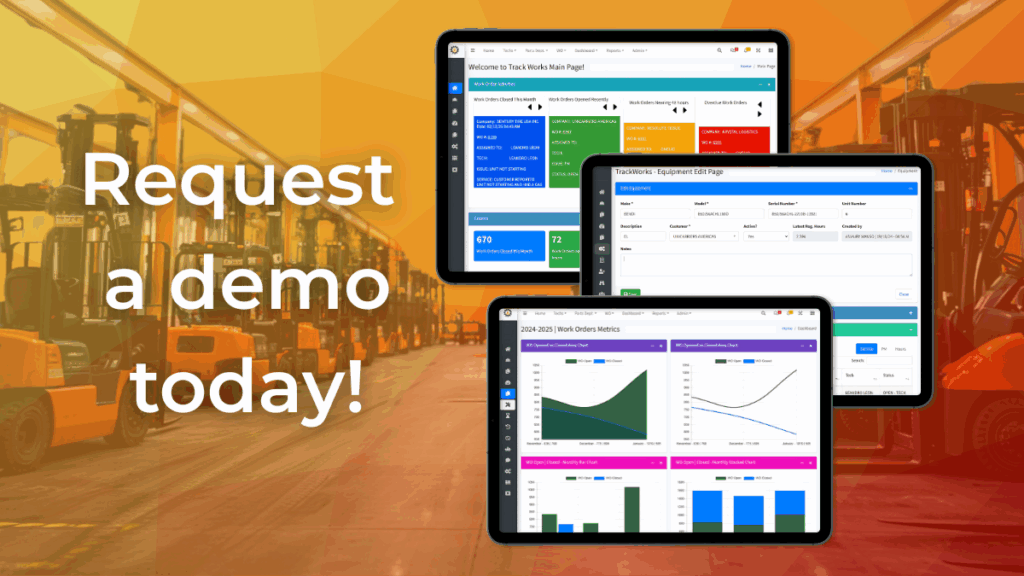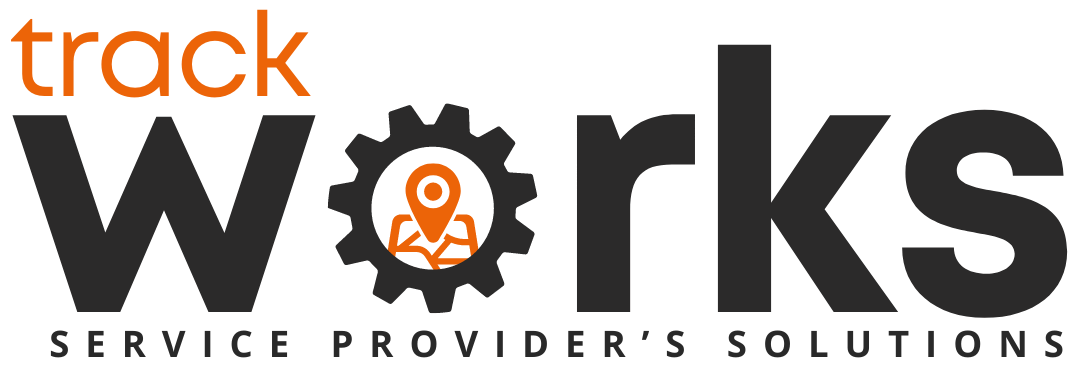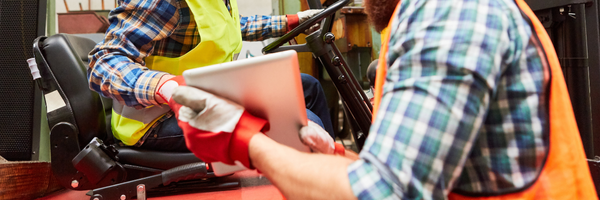Mobile App Design for Field Technicians: Offline Mode, UI, and Usability
Introduction
In today’s field service world, a mobile app isn’t just a convenience—it’s a necessity. Technicians need real-time access to schedules, job details, and customer information, often while working in areas with limited or no internet connectivity. A poorly designed app can slow down operations, frustrate technicians, and negatively impact customer experience.
This blog explores the key design principles for field service mobile apps, including offline capabilities, user interface (UI), and usability, and shows how a well-designed app like Track Works transforms field operations.
1. Why Mobile App Design Matters
Mobile apps are the primary interface between your technicians and your FSM system. A well-designed app:
- Reduces errors and miscommunication
- Improves first-time fix rates
- Increases productivity and technician satisfaction
- Enables faster, more accurate data collection
On the other hand, a clunky or unintuitive app can create confusion, slow down workflow, and lead to repeated visits or delayed job completion.
2. Offline Mode: Essential for Field Work
Technicians often work in locations with poor or no internet access. Offline mode ensures they can:
- Access job details, customer history, and notes
- Record work completed, time, and materials used
- Capture photos or signatures
- Sync all data automatically when connectivity returns
Without offline functionality, technicians may have to carry paper forms or delay updates, increasing the risk of errors and inefficiency.
Key considerations for offline design:
- Local storage of job data
- Automatic data sync when connectivity is restored
- Conflict resolution if updates occur simultaneously in different locations
3. User Interface (UI) Best Practices
A field technician’s app should be intuitive, fast, and easy to navigate. Key UI principles include:
- Simplicity: Minimize clicks to access critical information
- Consistency: Standardized icons, colors, and layout reduce confusion
- Readable Fonts: Clear, legible text suitable for outdoor use
- Visual Indicators: Highlight urgent jobs, pending approvals, or alerts
- Touch-Friendly Controls: Buttons and menus optimized for gloves or outdoor conditions
A well-designed UI reduces training time and minimizes mistakes in the field.
4. Usability: Making Workflows Efficient
Usability focuses on how effectively technicians can complete tasks using the app. Features that improve usability:
- Quick Job Access: Instant access to today’s assignments
- Search & Filter: Find jobs, customers, or assets easily
- Step-by-Step Guidance: Interactive checklists for complex repairs
- Integrated Forms & Signatures: Capture work details and approvals digitally
- Notifications & Alerts: Real-time updates for reschedules or emergencies
When usability is prioritized, technicians spend less time navigating the app and more time completing jobs efficiently.
5. Performance & Reliability
Even the best-designed app fails if it’s slow or crashes. Key considerations:
- Fast load times for schedules and job details
- Minimal battery and data consumption
- Robust error handling for offline or intermittent connectivity
- Automatic updates that don’t disrupt work
Performance directly impacts productivity and technician satisfaction, making reliability critical for adoption.
6. Track Works Mobile Advantage
Track Works is designed to meet the unique needs of field service professionals:
- Offline Mode: Technicians can work seamlessly without internet and sync later
- Intuitive UI: Minimal learning curve with clear navigation and visual cues
- Streamlined Workflows: Job details, checklists, parts, and signatures in one place
- Real-Time Updates: Once online, all data syncs automatically with the office
- Performance Optimized: Fast load times, low battery usage, and error-resistant design
By focusing on offline capabilities, usability, and UI design, Track Works ensures technicians can work efficiently and accurately, no matter the conditions.
7. Benefits of a Well-Designed Field Service App
- Increased Technician Productivity: Less time spent navigating the app, more time on jobs
- Higher First-Time Fix Rates: Technicians have all information and instructions at their fingertips
- Reduced Errors: Digital forms and checklists minimize mistakes
- Better Customer Experience: Faster, accurate service with real-time updates
- Faster Billing & Reporting: Work orders captured digitally and synced automatically
Conclusion
A mobile app is more than a digital scheduler—it’s the operational hub for field technicians. Offline mode, intuitive UI, and usability are not optional; they directly impact productivity, accuracy, and customer satisfaction.
Track Works delivers a mobile-first experience designed for real-world field service challenges. By combining offline functionality, streamlined workflows, and a user-friendly interface, Track Works empowers your team to work smarter, faster, and more efficiently—wherever the job takes them.




No responses yet